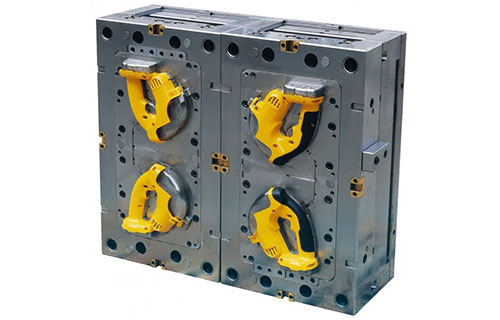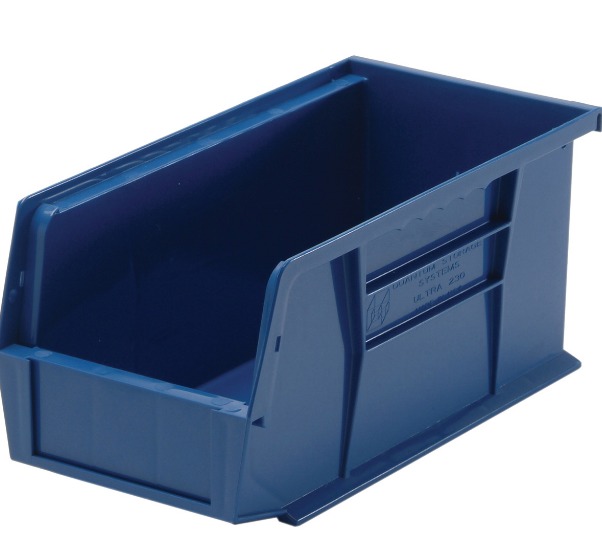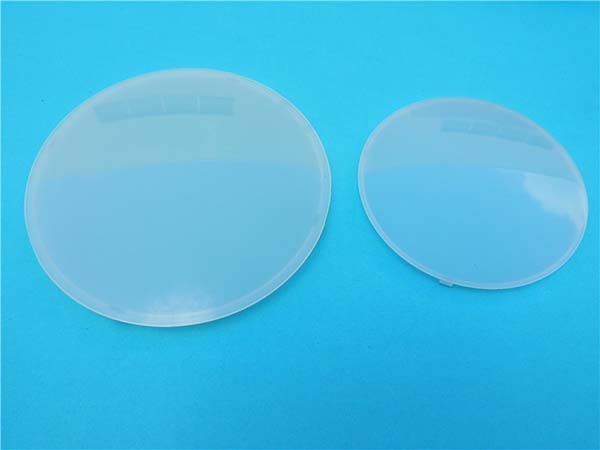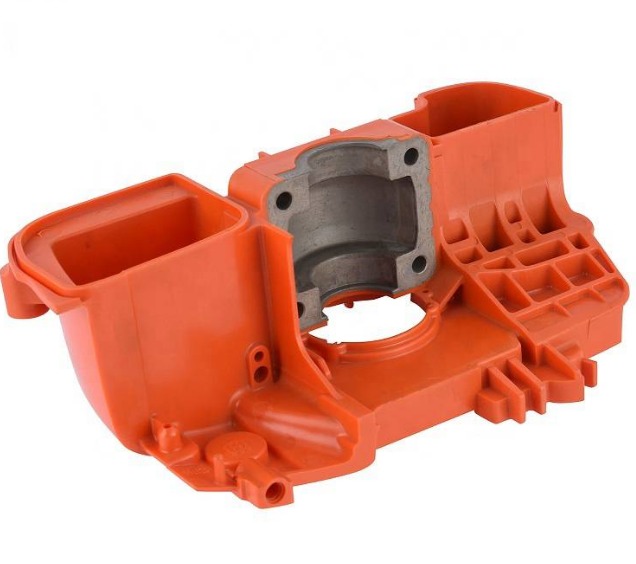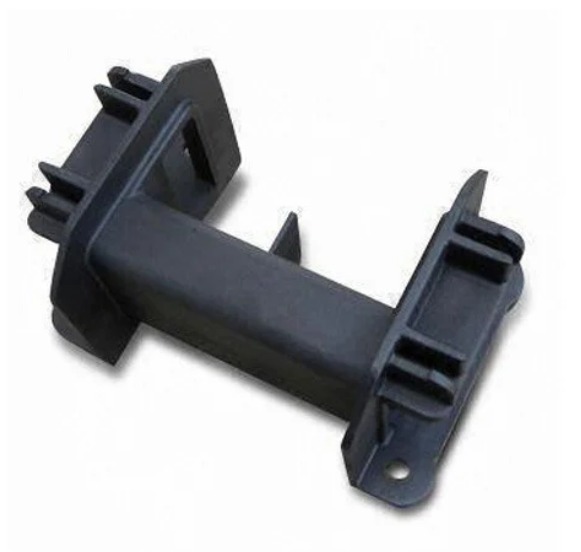Polyoxymethylene (POM/Acetal) is a go-to material for precision parts, but it comes with its own set of challenges that can frustrate manufacturers. Achieving consistent low friction properties across batches is a common struggle, especially for parts like gears and bearings where even slight variations can lead to premature wear. Many also grapple with warpage, which undermines dimensional stability—a critical trait for POM applications. Additionally, balancing process parameters to avoid defects like flash or voids while maintaining short cycle times can be a delicate dance. This guide addresses these pain points, offering expert insights into POM’s properties, molding processes, and more to help you produce reliable, high-quality parts.
Material Properties of Polyoxymethylene (POM/Acetal): Strength and Precision
Polyoxymethylene (POM), also known as Acetal, is a high-performance engineering plastic prized for its exceptional balance of properties. Its mechanical strength is impressive, with a tensile strength ranging from 60 to 70 MPa, making it suitable for load-bearing applications. What truly sets POM apart is its high stiffness—a flexural modulus of 2.8 to 3.5 GPa ensures it retains shape under stress, critical for precision components.
Low friction is a standout feature, with a coefficient of friction as low as 0.15 (dry, against steel), rivaling some metals. This, combined with excellent wear resistance, makes POM ideal for moving parts like bearings and gears, where it can operate with minimal lubrication.
In terms of thermal stability, POM can withstand continuous use at temperatures up to 100°C, with short-term exposure to 120°C possible. It has minimal moisture absorption (less than 0.2% by weight), a huge advantage over materials like nylon, ensuring dimensional stability even in humid environments—vital for parts requiring tight tolerances.
Chemical resistance is strong against fuels, oils, and many solvents, though it’s not resistant to strong acids or alkalis. POM also boasts good electrical properties, with high dielectric strength, making it suitable for electrical insulators. These properties make POM a versatile choice for applications demanding precision, durability, and reliability.
Injection Molding Process for POM: Fine-Tuning the Variables
POM injection molding requires careful control to leverage its properties effectively. Unlike some hygroscopic plastics, POM has minimal drying requirements—it only needs drying if exposed to excessive moisture (e.g., after storage in humid conditions), typically at 80°C for 2 to 4 hours to ensure moisture content below 0.2%.
Melt temperature is critical, with a sweet spot between 180 and 210°C. Temperatures below 180°C can lead to poor flow and short shots, while temperatures above 220°C cause degradation, resulting in discoloration and reduced mechanical properties.
Injection pressure ranges from 80 to 120 MPa, with higher pressures needed for complex parts or thin-walled sections. Injection speed should be moderate to high (40 to 80 mm/s) to ensure complete mold filling before the material starts to solidify, though excessive speed can cause shear heating and degradation.
Cooling time is relatively short, typically 10 to 20 seconds, contributing to a total cycle time of 20 to 40 seconds—ideal for high-volume production. Process optimization often involves tweaking runner and gate design; larger runners help with flow, while pinpoint gates work well for small, precise parts. Material handling is straightforward, but avoid prolonged exposure to direct sunlight or high heat during storage to prevent degradation.
Mold Design for POM Molding: Crafting for Precision
Mold design principles for POM focus on maintaining its dimensional stability and low friction properties. Mold flow analysis is invaluable, simulating how molten POM fills the mold to identify potential issues like air traps or uneven cooling that could cause defects.
POM mold materials need to balance durability and cost. P20 steel is suitable for general applications, while H13 tool steel is better for high-volume runs, resisting wear from POM’s slight abrasiveness. Cooling channel layout should be uniform, with channels 8 to 12 mm from the cavity surface to ensure even cooling—critical for preventing warpage. Water temperature around 50 to 60°C balances solidification speed and part quality.
Venting requirements are important because POM’s low viscosity can trap air, leading to voids. Vents 0.01 to 0.02 mm deep at the end of flow paths and along parting lines effectively release trapped air. Draft angles of 0.5 to 1° per side are sufficient for easy ejection, helping maintain surface finish and preventing part damage.
Ejector pin design should distribute force evenly to avoid marks on the part surface, which is especially important for parts where low friction is critical—surface imperfections can increase wear. Hot runner systems are suitable for POM, reducing waste and improving cycle times, though they require precise temperature control to prevent material degradation. Surface finish of the mold should match the part’s requirements—polished surfaces (Ra 0.8 μm or better) enhance POM’s natural low friction properties.
Quality Control and Defects in POM Molding: Troubleshooting Guide
POM’s unique properties can lead to specific defects, but most are preventable with proper process control:
| Defect | Cause | Solution |
| Warpage | Uneven cooling or excessive residual stress | Improve cooling channel symmetry; reduce packing pressure. |
| Voids | Trapped air or material degradation | Add more vents; lower melt temperature. |
| Sink marks | Inadequate packing or thick wall sections | Increase packing time; redesign with uniform wall thickness. |
| Flash | Excessive injection pressure or worn mold components | Reduce pressure; replace worn seals or bushings. |
| Surface defects | Poor mold surface or contamination | Polish mold; ensure clean material handling. |
Quality control methods include statistical process control (SPC) to monitor variables like melt temperature and cycle time, ensuring consistency. Check dimensional accuracy with precision tools like calipers or CMMs—POM’s stability allows for tolerances as tight as ±0.02 mm for small parts. Inspect for surface defects under good lighting, as even minor imperfections can affect low friction performance.
Applications of POM in Injection Molding: Across Industries
POM’s unique properties make it indispensable in a wide range of applications:
- Automotive components: Fuel system parts, window regulators, and door lock components leverage POM’s chemical resistance and low friction.
- Mechanical parts: Gears, bearings, and cams rely on its wear resistance and dimensional stability for smooth, long-lasting operation.
- Electrical components: Insulators and switch parts benefit from POM’s electrical properties and resistance to heat and moisture.
- Consumer products: Zippers, handles, and toy mechanisms use POM for its durability and smooth operation.
- Medical devices: Non-implantable parts like insulin pen components use POM for its chemical resistance and ease of sterilization (via ethylene oxide).
Design for manufacturing with POM should emphasize uniform wall thickness (1–3 mm) to avoid sink marks and warpage. Incorporating radii at corners reduces stress concentrations, enhancing part strength and longevity.
Post-Processing and Finishing of POM Parts: Enhancing Performance
Post-molding operations for POM are relatively straightforward due to its stability. Painting and plating are possible but require surface treatment (e.g., corona discharge) to ensure adhesion, as POM’s low surface energy can hinder bonding.
Assembly techniques like ultrasonic welding work well with POM, creating strong, sealed joints without adhesives—ideal for fluid-handling components. Adhesive bonding is also effective with cyanoacrylates or epoxy, though surface preparation is key.
Machining and trimming POM is easy, with excellent dimensional control. It can be turned, milled, or drilled to achieve precise tolerances, making it suitable for parts requiring secondary operations to meet functional requirements. Surface treatments like polishing can further enhance its low friction properties, reducing wear in moving applications.
Heat treatment is generally not necessary for POM, as it retains its properties well without additional processing. Assembly tolerances should account for minimal thermal expansion, with typical ranges of ±0.03 mm for small parts, ensuring consistent fits in assemblies.
Yigu Technology’s Perspective
As a leading custom manufacturing supplier in China, Yigu Technology specializes in POM injection molding. We understand the critical role dimensional stability and low friction play in POM applications, and our process controls ensure these properties are consistent across batches. Our team uses advanced mold flow analysis to optimize mold designs, minimizing defects like warpage. With strict quality control methods and expertise in fine-tuning process parameters, we deliver high-quality POM parts for automotive, industrial, and consumer applications—on time and within budget.
FAQs
- How does POM compare to nylon in terms of friction and wear?
POM has significantly lower friction (coefficient of 0.15 vs. nylon’s 0.3–0.4) and better wear resistance, making it superior for moving parts like gears and bearings, especially in low-lubrication environments.
- Can POM be recycled?
Yes, POM is recyclable. Recycled POM retains most of its mechanical properties, though impact strength may decrease slightly, making it suitable for non-critical applications.
- What is the typical shrinkage rate for POM?
POM has a shrinkage rate of 1.5–3.0%, depending on part design and processing conditions. Proper mold design (e.g., accounting for shrinkage in cavity dimensions) and process control can achieve tight tolerances despite this shrinkage.


